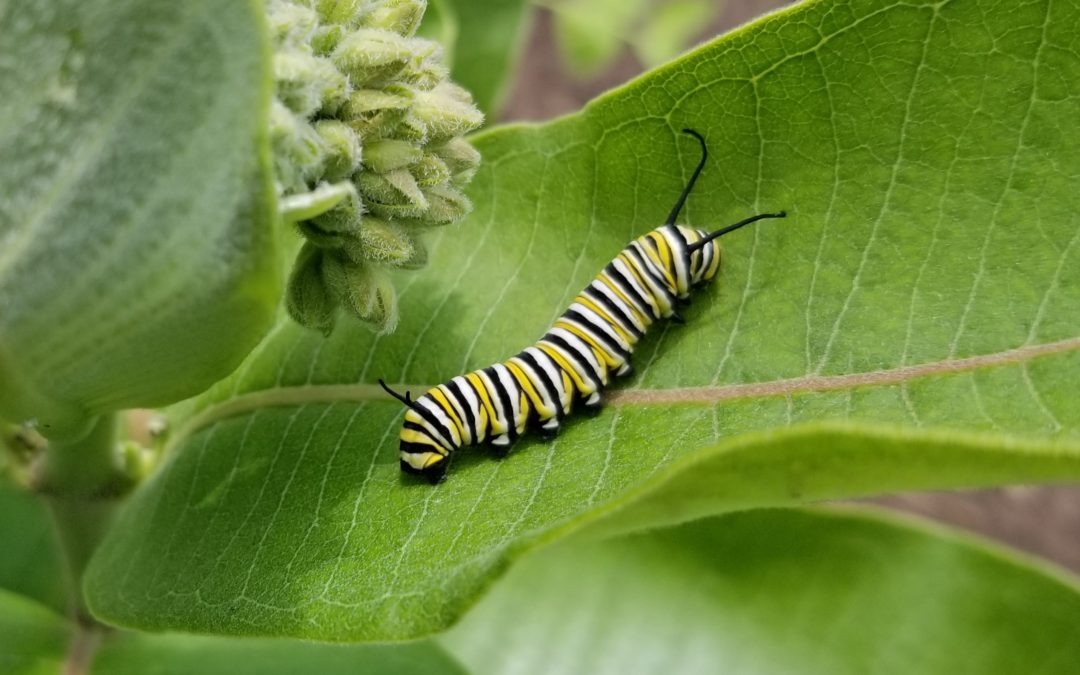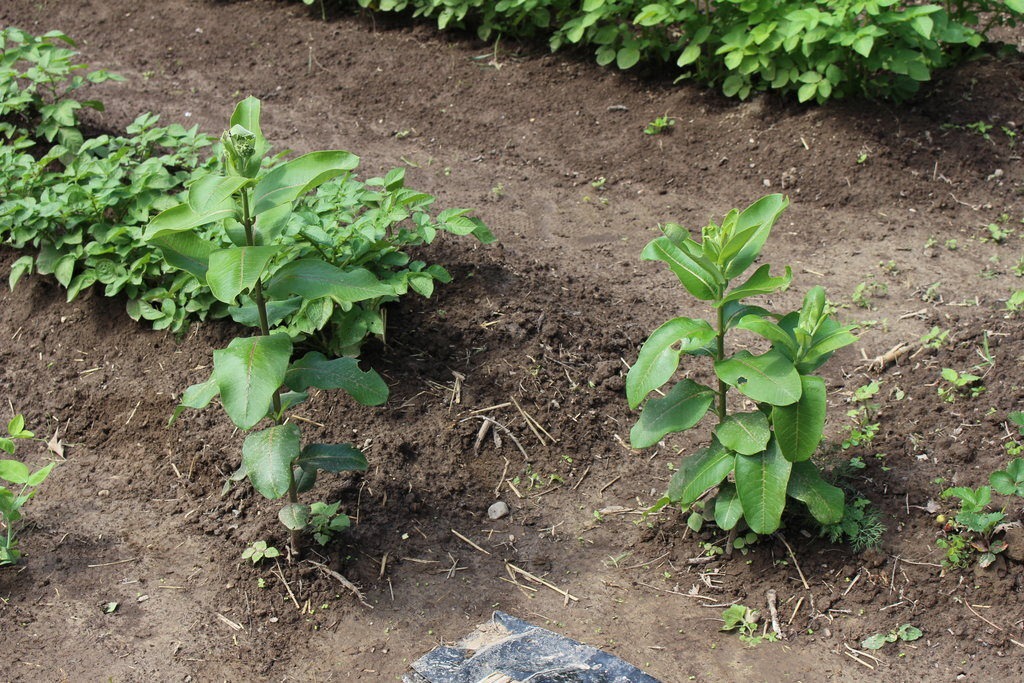Monarchs love milkweed. If you grow it, and you’re in the range of their travels, you may get them to lay eggs and hatch caterpillars.
I’ve got milkweed in a few areas on the property, and I always let a couple plants survive in the garden growing area. The monarchs almost always show up.
It’s going to be tough going for the monarchs if they are to survive, and it will require humans to change some bad habits. As gardeners, our efforts to provide habitat along their migration paths can be a big help.
Common milkweed is considered a noxious weed in many parts of the U.S. but monarchs need it, so think about growing some.



I love the Monarch butterfly’. They are very special. I have some milkweed but desire to plant more. I have a cobra head and love it. I would very much like to have another
I grew Butterfly Weed and Swamp Milkweed last summer and raised Monarch butterflies in the fall. I release 13 monarchs last year. This year I am trying to grow Common Milkweed as well as the Butterfly Weed and Swamp Milkweed that came back from last year. I hope to raise many more Monarchs this year.
I have so many “butterfly weed” plants but no milkweed. I have to plant it this summer!! It makes me so sad that I don’;t see Monarch butterflies (or caterpillars) and I know their numbers are dwindling. 🙁 I want to help any way I can!!
I live in western Washington…where can I get milkweed to plant? I also have cobra head tools and give them as gifts they are awesome tools
Common milkweed is readily available commercially from many sources. It is easy to identify in the wild.
I am a blind gardener and I am not sure what milkweed actually looks like is there anyone in the group that could possibly give me some specifics on what to look for? Such as leaf texture if it has particular shaped leaves blooms etc. or where in the woods or around my garden I might find it if it actually is growing there wildly? Thank you
I have milkweed in a garden that I prefer it not be there. I don’t mind
a few plants but I have hundreds. I keep pulling them out but more keep coming. I’ve tried to pull the roots but it seems impossible. I didn’t plant any but my neighbor did. I’m afraid the roots are going to kill all the other butterfly friendly plants in that garden. Is there any solution to this problem.
The leaves are very large compared to other members of the Asclepias genus. They are basically oval, but wider near the stem and tapering to a slight point at the tip. The leaves on my plants are as wide as the length of my hand (but I have very small hands). When you feel the underside, there is a pronounced center rib. Also, the underside of the leaf is very soft, but not really fuzzy feeling. Each plant stem gets to be about 3 – 4 feet tall and has opposite pairs of leaves that alternate directions. In other words, if the bottom set of leaves faced North and South, the next set would face East and West. I hope that makes sense! The flowers form at the very tip of the stem and open into a ball of flowers almost the size of a tennis ball. Each flower in the ball is shaped like a little star. I wish I could send you the smell – then you would know them immediately. To me, it smells a bit like cotton candy and cherry flavor. The resulting seed pod is large and soft (flexible). With enough imagination, it is shaped like a little parakeet, with the stem being the beak. When it breaks open, the seeds each have a tuft of silky fluff.
If you have any Arboretums or Parks with prairie areas in them, see whether they have nature walks or a learning center. We’ve been to presentations at our local University’s arboretum and walks at a nearby prairie led by volunteers. I think other people would love to try thinking about what plants are when we omit the sense we use most for description. I had no idea what a milkweed leaf felt like until you asked, despite having touched them when looking for caterpillars. Thanks for the opportunity.
Milkweed spreads by both seed and rhizomes, but you can control or eliminate it in confined areas by hand cultivation, repeatedly slicing off any new growth.